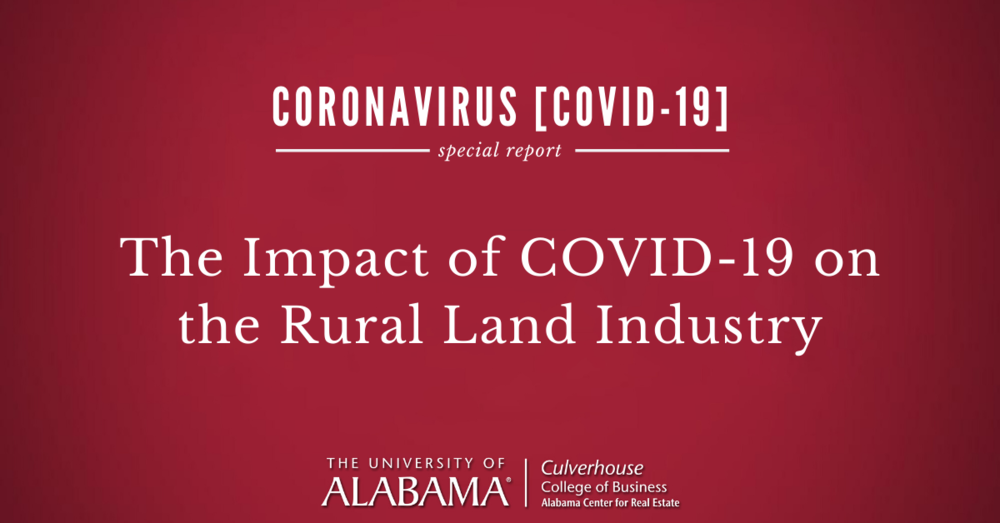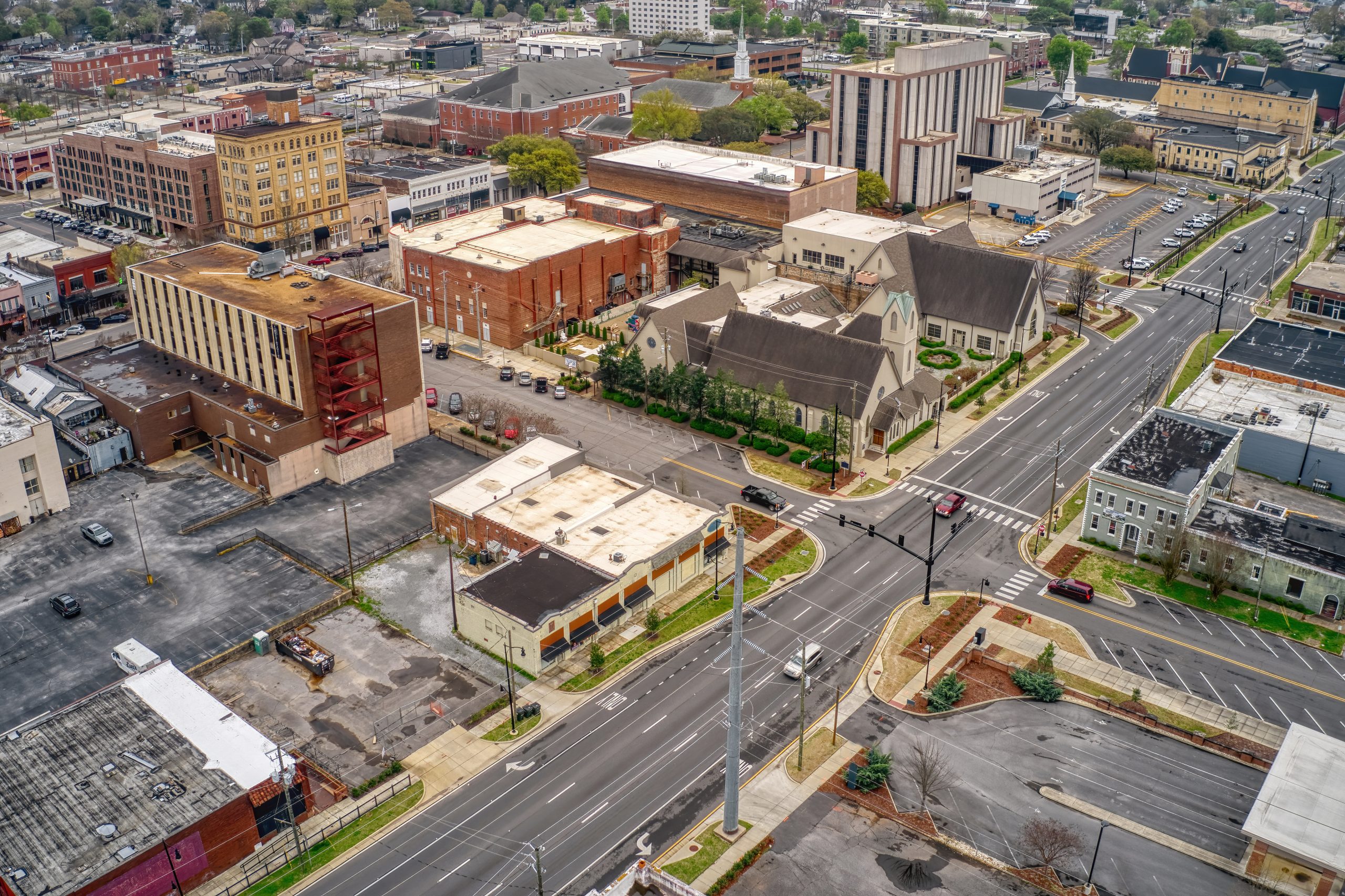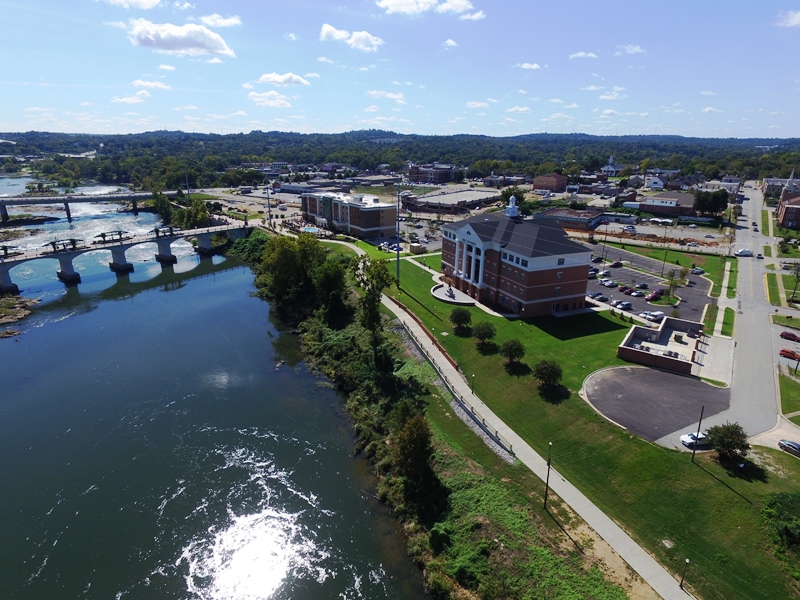Editor’s Note: The content from the following article is based on a recent Real Estate Matters podcast with Jonathan Goode, an associate land broker with the Southeastern Land Group who specializes in farmland, timber land, hunting properties, and other rural tracts.
As the coronavirus pandemic continues, disrupting everything from daily routines to global economies, we truly are living in unprecedented times. Sure, there have been diseases and pandemics throughout human history. But today just seems different, especially considering the quick onset of social distancing measures that have everyone adjusting to new norms.
The pandemic has impacted (and will continue to impact) Alabama’s rural land market. The good news is that many of the transactions that were already “in the pipeline” before the pandemic have continued to the closing table. Interest in rural land, and the resulting lifestyle, has risen since mid-March as many find fresh air and space more appealing now than ever before. Small properties in particular, those around 20-30 acres, have been in high demand recently. Demand has also increased in the $1 million and above segment of the market, however some buyers are “sitting on their hands” about a major purchase during uncertain times.
Residential and rural land markets have their similarities and differences. Similar to residential markets, rural markets have pent-up demand as buyers are waiting on the sidelines, hesitant now but eager to purchase if and when things return to normal. Also, the demand for both property types is solid based on closed sales in March, but sales activity is expected to moderate somewhat in the Spring and Summer months. Both are also very seasonal in nature. While residential sales usually peak during the Summer, land sales are the strongest in the Spring and Fall, which happens to coincide with turkey and dove season and the farm calendar.
As for the differences, the sales cycle is generally much longer for a rural tract versus a residential property. Most transactions take 6-12 months from list to close, significantly longer than the 40-60 DOM seen in many metro areas. Financing is also quite different as well, as many rural landowners begin with a stronger equity position (25% or more), while a 3-5% down payment is becoming increasingly common in the residential world, before the pandemic at least.
You can listen to the entire episode here.





